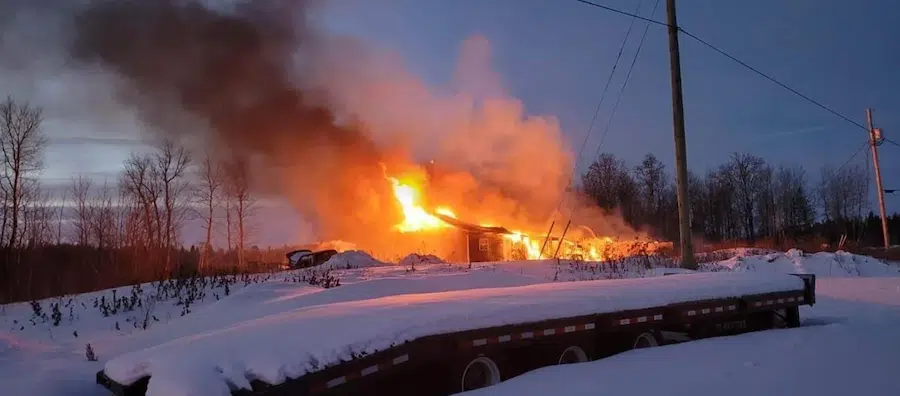
A fire tears through an apartment complex on the Shoal Lake #40 First Nation west of Kenora on February 11th 2023.
A feasibility study is being finalized between the federal government and the Pikangikum First Nation into the construction of a fire hall after it was revealed neither of the community’s two fire trucks was able to be used the night of a house fire that killed three people in late February.
According to Indigenous Services Minister Patty Hajdu, this isn’t an uncommon issue.
“People will have a fire truck, but will not have the shelter to be able to protect that fire truck and therefore the components freeze or there may or may not be capacity within the community to have a fully functional firefighter team.”
Hajdu puts some of the blame for the issue on systemic and colonial underfunding.
However, she adds work is underway at the federal level to pull together partners, noting a fire gathering is being held this spring between First Nations leadership with the Assembly of First Nations and the federal government.
Fires in Indigenous communities commonly result in a losses of life or the complete destruction of the home with one statistic Hajdu finds very disturbing.
“Indigenous children are eight times more likely than non-Indigenous children to die in a house fire, that’s the raw fact, its appalling and it has to end.”
In addition to last month’s fire in Pikangikum, on January 28th a 10 year old girl was killed in a house on the Weenusk First Nation, and a fire on Shoal Lake #40 displaced six families after their apartment complex burned to the ground on February 11th.




